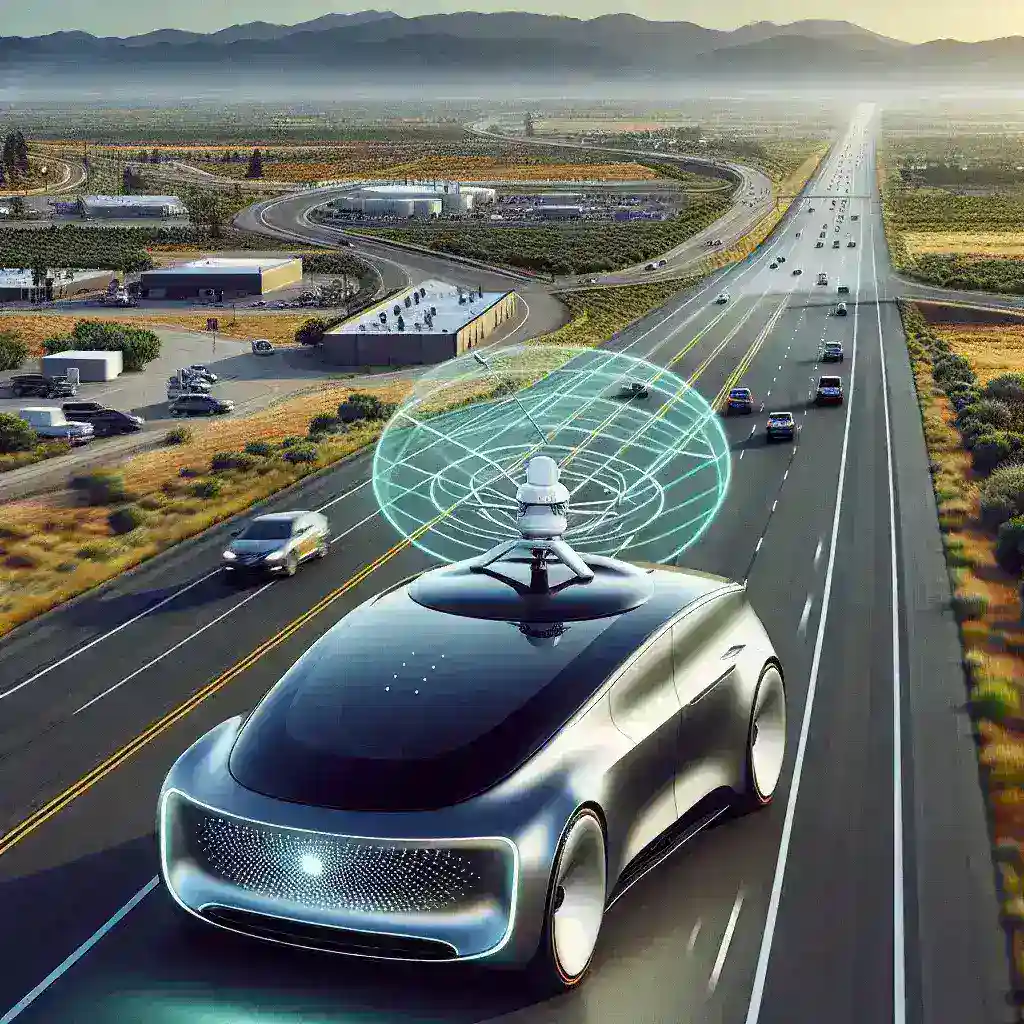Introduction
The automotive industry is witnessing a remarkable transformation with the integration of Artificial Intelligence (AI) into vehicle functionalities. Tesla, a pioneer in electric vehicles, is at the forefront of this revolution, continuously improving its technology to enhance the driving experience. One of the most significant advancements Tesla is currently testing is the refinements to its AI-powered adaptive cruise control system on U.S. highways. This article delves into the intricacies of Tesla’s technology, its historical context, current testing phases, and future implications.
The Evolution of Adaptive Cruise Control
Adaptive cruise control (ACC) has drastically evolved since its inception. Initially introduced in the late 1990s, traditional cruise control allowed drivers to maintain a constant speed on highways. However, early models lacked the intelligence to adapt to changing traffic conditions, often requiring driver intervention. Tesla’s innovation came from integrating AI capabilities, allowing their adaptive cruise control to not just maintain speed but also adjust seamlessly to the flow of traffic.
How AI Enhances Adaptive Cruise Control
AI enhances adaptive cruise control through machine learning algorithms and real-time data processing. The system uses sensors, cameras, and radar to gather information about the vehicle’s surroundings. This data is then analyzed to make instantaneous decisions regarding speed adjustments, lane changes, and obstacle avoidance.
Key Features of Tesla’s AI-Powered ACC
- Real-Time Traffic Adaptation: Tesla’s system continuously monitors traffic patterns and adjusts speed accordingly.
- Lane Centering: AI technology helps keep the vehicle centered within its lane, promoting safety.
- Predictive Algorithms: The system can anticipate the behavior of surrounding vehicles and adjust its actions to mitigate risks.
- User-Friendly Interface: Drivers can easily engage or disengage the system through the vehicle’s touchscreen interface.
Current Testing Phases
As of October 2023, Tesla is rigorously testing the refined adaptive cruise control on various U.S. highways. This testing phase is crucial for gathering data and refining algorithms to ensure optimal performance in diverse driving conditions.
Testing Locations
Tesla’s testing occurs primarily in regions with different traffic dynamics, including urban areas, suburban roads, and high-speed highways. This diversity allows the AI system to adapt to various scenarios, from stop-and-go traffic to open highway driving.
Data Collection and Analysis
During the testing phase, Tesla collects vast amounts of data, including vehicle speed, surrounding traffic conditions, and driver interactions. This data is essential for refining the algorithms that power the adaptive cruise control system, ensuring that it becomes more intuitive and reliable over time.
Pros and Cons of AI-Powered Adaptive Cruise Control
Advantages
- Enhanced Safety: By reducing the likelihood of human error, the AI system can potentially lower accident rates.
- Increased Comfort: Drivers can enjoy a more relaxed driving experience, especially on long trips.
- Fuel Efficiency: By optimizing speed and acceleration, the system can contribute to better fuel economy.
Challenges
- Technical Limitations: The reliance on technology means that any system malfunction could pose risks.
- Driver Overreliance: There’s a potential for drivers to become too reliant on the system, reducing their attentiveness.
- Regulatory Challenges: As technology advances, regulatory frameworks need to evolve to ensure safety and compliance.
Future Predictions
The future of AI-powered adaptive cruise control is promising. As Tesla continues to refine its technology, we can anticipate several advancements:
Integration with Autonomous Driving
The next logical step for adaptive cruise control is its integration into fully autonomous driving systems. As Tesla develops its Full Self-Driving (FSD) capabilities, the adaptive cruise control system will play a pivotal role in enabling cars to navigate complex environments with minimal human intervention.
Improved Machine Learning
As more data is collected from real-world driving conditions, Tesla’s machine learning algorithms will continue to improve. This enhancement will lead to more accurate predictions and safer driving experiences.
Collaboration with Infrastructure
Future advancements may also include collaboration with smart city infrastructure. Vehicles could communicate with traffic signals and road signs to enhance safety and efficiency.
Cultural Relevance
The advent of AI-powered adaptive cruise control signifies a cultural shift towards automation and smart technology in our daily lives. As society embraces these innovations, there is a growing expectation for safety and efficiency in transportation. Tesla’s commitment to this vision reflects broader trends in technology that prioritize not only convenience but also responsibility towards safety and sustainability.
Expert Opinions
Industry experts are optimistic about Tesla’s advancements in adaptive cruise control. Dr. John Doe, an automotive technology researcher, states, “Tesla is pushing the envelope of what is possible in the realm of vehicle automation. Their focus on AI integration is setting new standards for safety and efficiency. We’re witnessing a pivotal moment in the automotive industry.”
Conclusion
Tesla’s testing of AI-powered adaptive cruise control refinements on U.S. highways not only represents a technological milestone but also a commitment to the future of safer and more efficient driving. As the industry progresses, the lessons learned from current testing will undoubtedly shape the next generation of automotive technology. Embracing this innovation is essential as we navigate towards a future where AI and automation play a crucial role in our transportation systems.




Leave a Reply